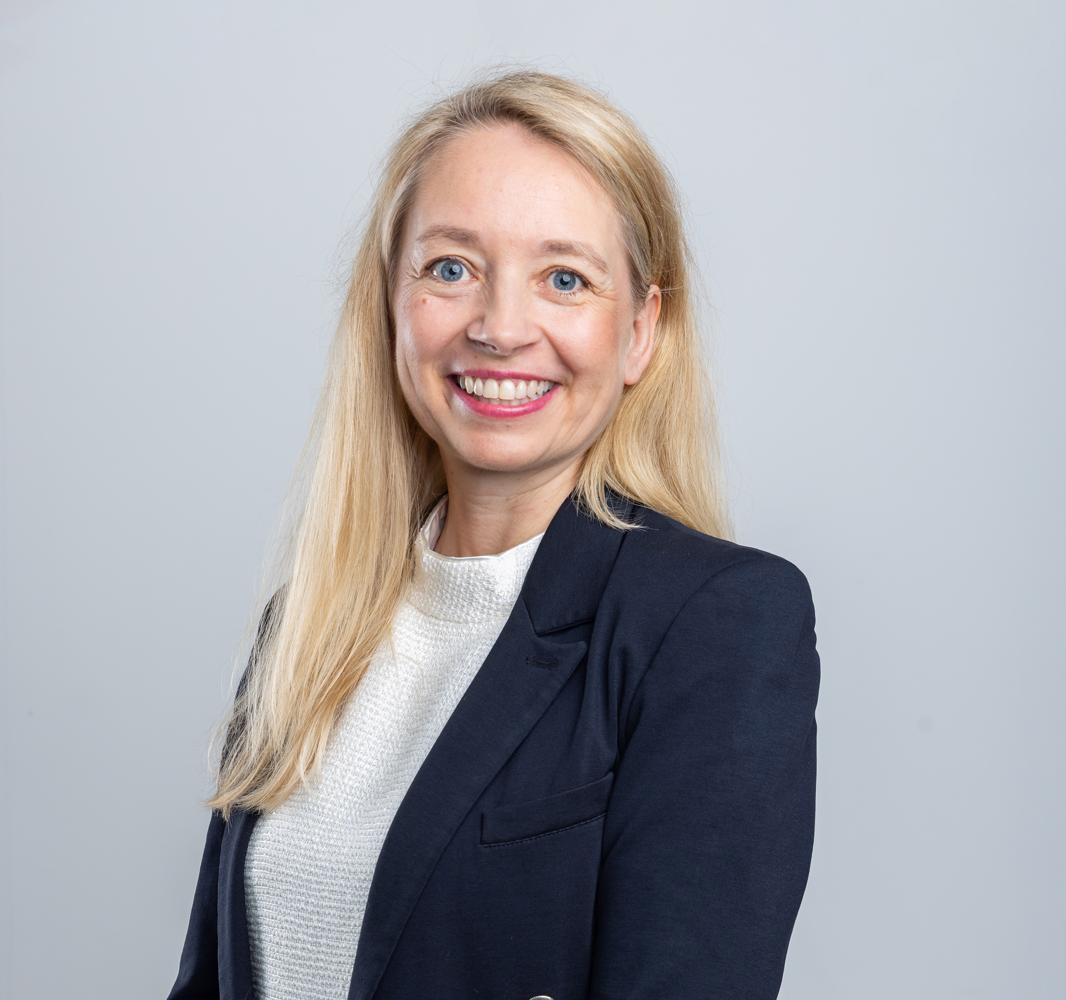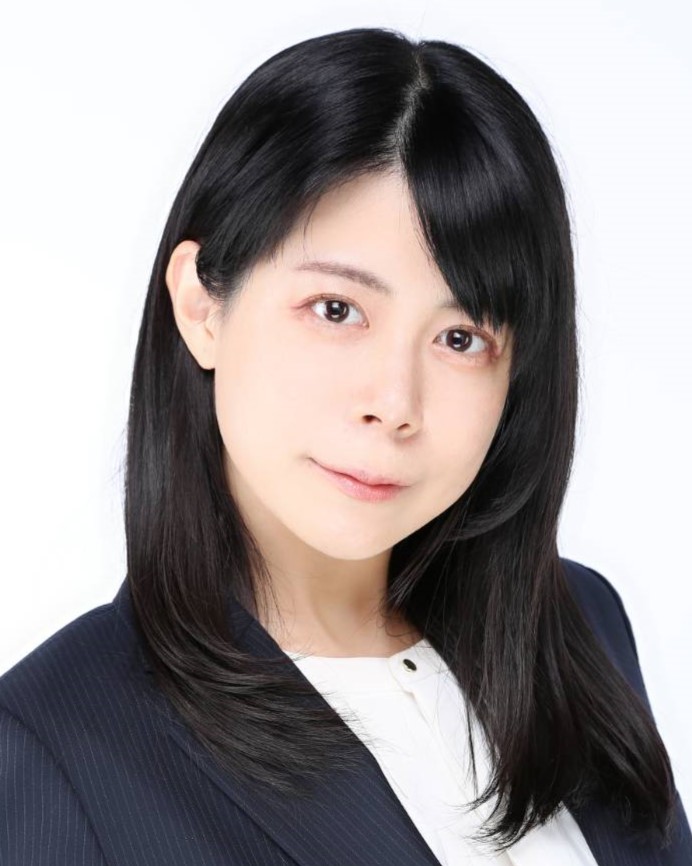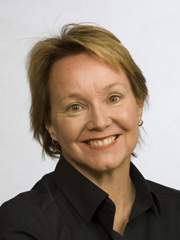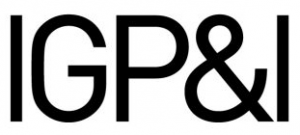“What women want at sea isn’t fanfare – it’s fairness,” says Lisa Holum, Managing Director of OSM Thome in Singapore. In this interview she shares practical ways to make life onboard safer and more inclusive for all.

From deck to director: Lisa Holum on welcoming women seaferers
Published 03 September 2025
The maritime industry has long been a male-dominated field, but recent years have seen a growing recognition of the value of female seafarers. As more women pursue careers at sea, companies are increasingly called upon to create environments that are not only inclusive but also responsive to the unique needs and challenges faced by women onboard. Gard has been approached by members exploring employment of women seafarers and have asked our advice on how best to recruit and retain them. We went to a knowledgeable source - Lisa Holum, Managing Director of the OSM Thome office in Singapore.

Lisa, thank you for speaking with us. Can you tell us a bit about your background as a seafarer?
I graduated from nautical school in Norway in 2003 and began my career with Teekay, joining a tanker in Venezuela. I then sailed worldwide on Aframax tankers before transferring to Teekay's expanding shuttle tanker business in the North Sea. I served as a Chief Officer until 2010 when I went ashore after my daughter was born. From the start, I sailed with a multinational crew. On my first trip, I was fortunate to have a female colleague. However, for several years afterwards, I was typically the only woman on board until I moved to the shuttle tanker fleet, where female seafarers were more common.
During that period, there was a shortage of seafarers. This meant that even traditionally sceptical companies were open to hiring any qualified individual they could find, regardless of gender. Consequently, we sometimes had 6-7 women on a single ship, and at one point, there were three female deck officers. Our presence wasn't due to active recruitment of women; rather, we were simply the available talent. I believe this dynamic also played a role in shaping a more accepting attitude and environment onboard.
Since joining OSM Thome in 2021, you have had various positions in Norway before moving to Singapore as Managing Director of the Singapore office. Can you tell us about OSM Thome’s approach to gender diversity in crewing?
With a fleet of almost 400 ships—comprising tankers, bulkers, and chemical tankers—we encounter a range of owner preferences regarding crew diversity. Some owners are eager to welcome more women aboard; in fact, two of the Hafnia ships we manage boast crews that are more than 50% female. Conversely, we also work with owners who prefer not to have female seafarers, and we respect their wishes. However, our company has made it a strategic goal to actively recruit and ensure equal opportunities for as many qualified women as possible on the vessels we manage. We recognize that this approach unlocks valuable, untapped talent.
In our own office, we're actively working to attract more women to technical positions. This means focusing on fostering their professional growth throughout their seafaring careers, inspiring them to join our shore-based team when they come ashore.
Let’s turn to some of the practical aspects of welcoming women seafarers aboard. In April 2025, regulations under the Maritime Labour Convention (MLC) were amended to recommend having the appropriate and sufficient provision of menstrual hygiene products and disposal methods onboard. At its 113th session in June this year, the International Labour Organization (ILO) also adopted that female seafarers must be provided with personal protective equipment (PPE) that is appropriately sized and designed to meet their specific needs. These updates reflect a growing recognition of the need to consider the unique needs of women seafarers. What other practical steps could make shipboard life more welcoming for women?
I'd like to offer a different perspective. Acknowledging the biological differences between genders, it's been my observation that women who endure the rigours of maritime academy training are already exceptionally strong. They aren't seeking preferential treatment or celebratory fanfare upon joining a ship. What they truly want is the opportunity to perform their duties competently, be treated equitably, and work in an environment free from harassment.
A seagoing career is inherently appealing to a diverse group of individuals. For many women, it's the adventure and the unique thrill of excelling in a male-dominated field. The drive to face challenges and the exciting ambition of becoming a ship's master, or a chief engineer one day are key motivators. This mirrors the allure of becoming an airline pilot — both professions offer compelling and demanding career opportunities.
Returning to the topic of unique needs and biological realities, only women bear children. While some women choose not to have children, for those who do, we strongly recommend that our shipowners include maternity leave provisions in their contracts. We'd also like to see the IMO and other major organizations make this a mandatory requirement for all seafarers.
Considering the practicalities of daily life aboard, changing facilities present a challenge. In my time, I'd wear a t-shirt and shorts under my boiler suit and change in the same area as the men. It's much more advisable to have separate facilities for women. We consistently recommend that our owners incorporate dedicated female and male changing rooms when building new ships. Alternatively, if women are joining an existing vessel, we suggest converting an extra room or storage space into a changing area. And as you mentioned, personal protective equipment (PPE), including uniforms, should always be appropriately sized for women.
We provide single, en-suite cabins on all our ships, and while occupants can lock their doors from within, the existence of circulating master keys on many vessels is an open secret. To boost security and give our women seafarers greater peace of mind, we're actively exploring ways to disable master key access. Our main challenge is ensuring emergency access from outside the cabin remains possible.
Another significant aspect of life aboard our vessels is the absence of alcohol. At OSM Thome, we operate a completely dry fleet. We've observed that removing alcohol from the equation consistently leads to improved interpersonal relationships among the crew, regardless of whether it's an all-male or mixed-gender team.
Let’s talk about medical care aboard the ship. The Mariner’s Medical Guide (MMG) includes specific medical advice for women to the extent that it is different from men. Are there other practical considerations around health and treatment aboard?
We have thoroughly reviewed and updated the ship's medical chest. In collaboration with our Nordic Medical clinic, we sought advice on necessary medications for women as well as hygiene products, in line with ILO recommendations.
Pregnancy onboard presents a clear challenge. There's a critical period when a pregnant seafarer should be disembarked, and this is something we carefully manage. Beyond the individual's health, there are also significant risks to both the seafarer and the vessel, especially if complications arise far offshore. In such situations, immediate medical evacuation by helicopter isn't always feasible, and being days away from port with an unresolved medical emergency can be critical. The suitability of continuing work during early pregnancy largely depends on the ship's trading patterns. For example, it might be safe for a seafarer in the early stages of pregnancy to remain on a shuttle tanker, but the same might not apply to a bulker operating on worldwide trade routes. This is a sensitive topic, and when such cases arise, we handle them through direct discussions between the seafarer and the crewing manager.
Another sensitive topic is sexual harassment at sea. Harassment and bullying, of course, can occur on any vessel, regardless of crew diversity. All seafarers deserve to be treated with respect and dignity. That said, it's wise to address a common concern for those new to hiring women: the company's fear of a sexual harassment complaint.
When women seafarers join a ship, it's crucial to update the anti-harassment and bullying policy to specifically include sexual harassment. This revised policy should clearly define inappropriate behaviour. I believe making this explicit and posting it publicly benefits both men and women on board.
If a complaint arises, the company should investigate it thoroughly under clear and published procedures. Often, in cases of offensive conduct, we encounter a "he said, she said" scenario. To address this, OSM Thome has established a "women's desk". This initiative allows women seafarers to confidentially discuss issues with a female colleague, providing them with a second opinion and crucial support.
Interestingly, we've observed a generational divide regarding language and behaviour that might be considered offensive. Younger seafarers show less tolerance for verbal abuse compared to their older counterparts. To address this, training on appropriate behaviour is crucial and should include all crew members, as well as shore personnel who interact closely with them. It's essential that the company sets clear expectations from the top and consistently follows through with action when these expectations aren't met.
Thank you, Lisa, for your invaluable work in supporting women seafarers and for so generously sharing your knowledge, experience, and practical advice. As the industry faces a reported shortage of qualified seafarers, it's clear that employing qualified women is a vital part of the solution. Your insights underscore the critical importance of fostering a truly inclusive workplace for all seafarers.
Related resources:
Gard: The Mariners Medico Guide is a digital app that can be downloaded for free here.
ILO: Amendments to the Code of the Maritime Labour Convention, 2006, as amended (MLC, 2006)
ILO: Fifth meeting of the Special Tripartite Committee established under Article XIII of the Maritime Labour Convention, 2006, as amended (lists the amendments that were adopted in April 2025, including on providing suitable menstrual hygiene products for seafarers)
ISC: harassment-guide.pdf




